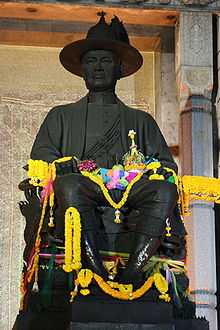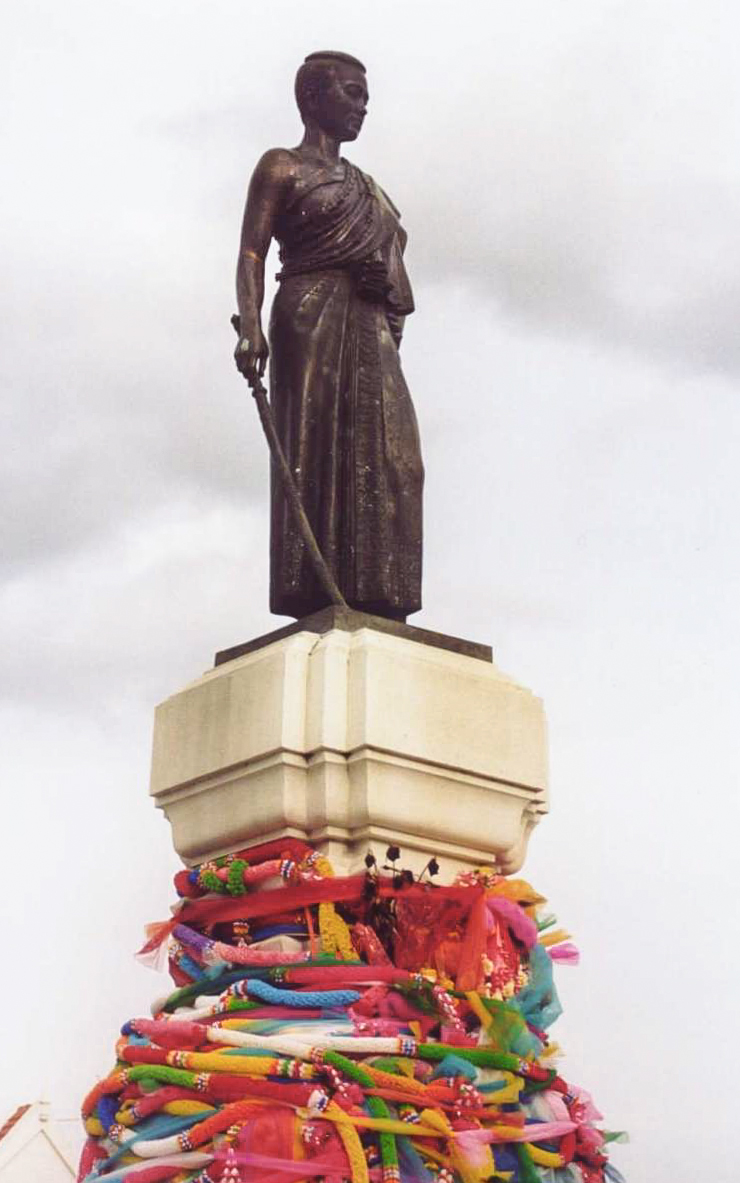By Livia Lupi
Sculptor Corrado Feroci was born in Florence on 15 September 1892. In spite of his Italian origins, he lived the majority of his life in Thailand, working for the country’s leaders and changing his name to Silpa Bhirasri.
Feroci studied at the Accademia di Belle Arti in Florence, where he also taught sculpture from 1914 to 1923. In 1922, after realising a bronze monument to the fallen soldiers of the First World War for the town of Portoferraio in Elba, an island off the Tuscan coast, he took part in a competition organised by the Siamese government. He was chosen amongst two-hundred competitors to work on sculptures commissioned by the country’s monarchy, such as the busts of King Rama VI Vachiravudh and of his uncle prince Naris. Between 1929 and 1932, Feroci realised a bronze statue of King Rama I, originally designed by Prince Naris, to commemorate the 1500th anniversary of the foundation of Bangkok. This prestigious commission earned Feroci national admiration an respect, as well as a renewal of his contract.
After the deposition of the absolute monarchy and the name change from Siam to Thailand, prime minister Luang Pibul Sonogram commissioned to Feroci the relief panels for the Monument to Democracy in 1939, then the Monument to Victory in 1940, which commemorates the armed conflict between Thailand and France, and a sculpture representing Thao Suraranee, a Thai heroine, in 1943. In the same year, Feroci changed his name to Silpa (art) Bhirasri (a phonetic approximation of Feroci in Thai), becoming a Thai citizen in 1944.
Feroci worked tirelessly on a theoretical level too, writing several essays about traditional Thai art and its future in light of Western modern art, and organising numerous exhibitions. He is considered by many as the father of modern Thai art. Feroci died in Bangkok in 1962.
Reference: Michael Smithies, “Feroci, Corrado,” Dizionario Biografico degli Italiani, Enciclopedia Treccani.
Portrait of Corrado Feroci, 1950s?
Monument to the Fallen, 1922, Portoferraio, Elba.
King Rama I, 1929-1932, Bangkok.
Monument to Democracy, 1939, Bangkok.
Monument to Victory, 1940, Bangkok.
Monument to Thao Suranaree, 1943, Nakhon Ratchasima (Korat).






